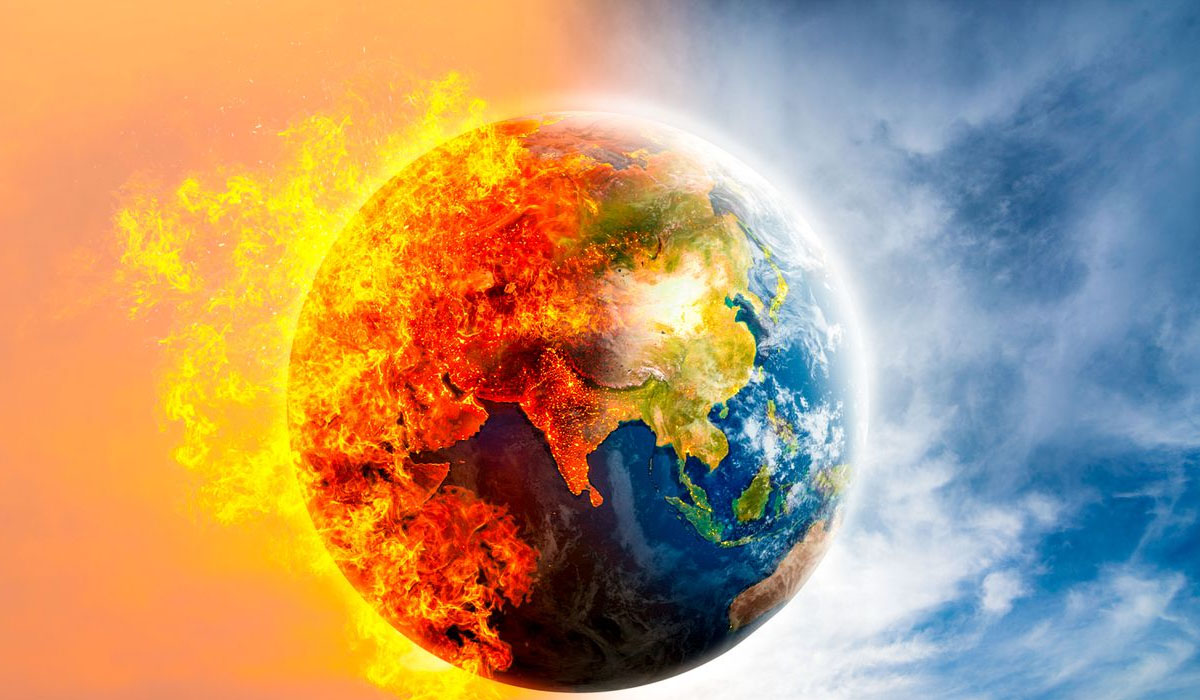
Global temperatures are expected to remain at or near record highs over the next five years, according to the World Meteorological Organisation’s (WMO) latest climate forecast released on May 28, 2025. The report highlights the increasing risk of the planet crossing irreversible climate thresholds, with the Arctic warming at more than three times the global average rate.
Between 2025 and 2029, the global average temperature near the surface is projected to rise between 1.2°C and 1.9°C above pre-industrial levels, defined as the period between 1850 and 1900.
There is an 86 per cent probability that at least one year within this timeframe will exceed the 1.5°C warming limit set by the Paris Agreement, a critical benchmark aimed at curbing the worst impacts of climate change. Furthermore, the report estimates a 70 per cent chance that the average temperature over these five years will surpass this threshold. While long-term warming trends calculated over multiple decades have not yet crossed the 1.5°C line, the findings emphasise how close the world is to temporarily breaching this key climate boundary.
The year 2024 was confirmed as the hottest on record, with global temperatures 1.55°C above the 1850- 1900 baseline. The most intense heatwaves were experienced across tropical regions, North America, North Africa, Europe, and parts of Asia. The recent five-year period from 2020 to 2024 saw widespread warming, particularly in the Arctic and over land areas, partly influenced by the persistence of La Niña conditions for three consecutive years.
The WMO report also warns of an 80 percent likelihood that at least one year between 2025 and 2029 will be warmer than 2024’s record-setting temperatures. Although rare, there remains a 1 percent chance that a year within this period could experience warming beyond 2°C, a scenario that would have devastating consequences for ecosystems, biodiversity, and human communities worldwide.The Arctic continues to be the most affected region, bearing the brunt of accelerated warming.
Predictions indicate that during winters from November to March, the average temperature anomaly in the Arctic will be around 2.4°C above the norm, which is more than three and a half times higher than the global average. Sea ice is expected to decline further in key areas including the Barents, Bering, and Okhotsk seas, signaling ongoing threats to Arctic habitats and global climate patterns. Changes in global rainfall patterns are also anticipated over the next five years.
From May to September, wetter conditions are likely across the Sahel region, northern Europe, Alaska, and northern Siberia. In contrast, the Amazon basin is forecast to experience drier than average conditions. South Asia is projected to continue its trend of unusually wet years, although this excludes 2023, and not every season within 2025-2029 will necessarily follow this pattern.
The report further notes that atmospheric pressures have remained unusually low over Antarctica. Additionally, the Aleutian Low, a major influence on climate in the North Pacific, has stayed weak during the 2020-2024 period, consistent with the prolonged La Niña phase. These atmospheric changes play a significant role in shaping weather patterns and climate variability worldwide.
Overall, the WMO’s latest update underscores the urgent need to address the accelerating pace of climate change, as global temperatures hover near historic highs and critical thresholds loom ever closer.
